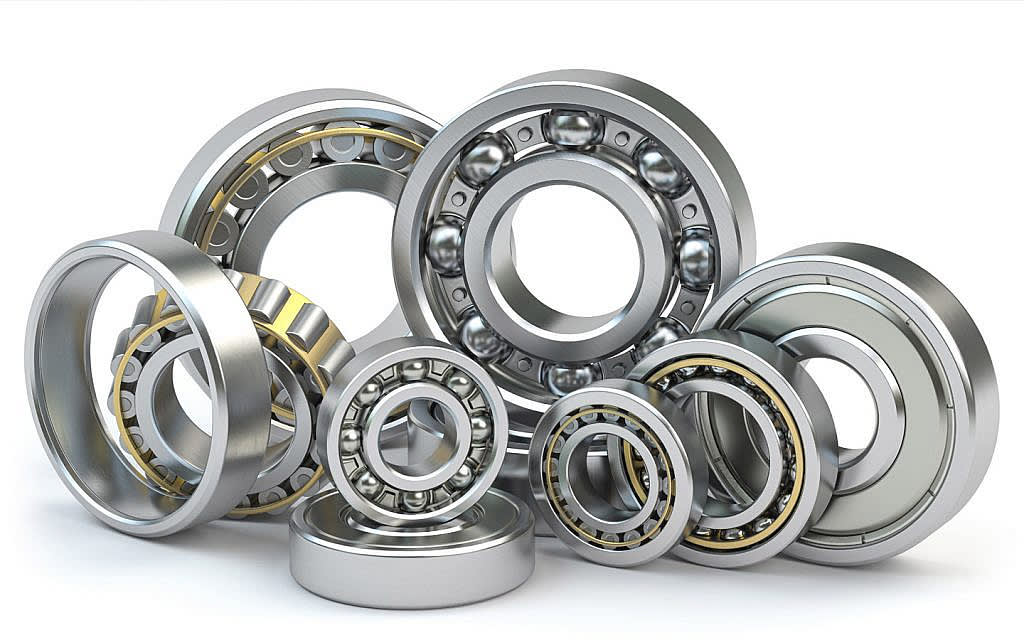How to Diagnose and Replace Your Wheel Bearing (06 Jun 2024)
Signs Your Wheel Bearing Is Failing

Have you noticed some unusual sounds coming from your wheels lately? A grinding, humming or even a rumbling noise, especially when turning corners or accelerating, could be a sign that your wheel bearings need some attention. Don't ignore those noises - worn out wheel bearing can lead to some dangerous situations on the road. The good news is, with some basic tools and mechanical know-how, you can diagnose and replace those pesky wheel bearings yourself. In this article, we'll walk through the steps to determine if your bearings need replacing, what parts and tools you'll need for the repair, and how to remove the old bearing and install a new one. With a little time and effort, you can knock this repair out in your own garage and be rolling safely again in no time.
Signs Your Wheel Bearing Is Failing
Grinding Noises While Driving
If you hear a grinding or rumbling sound coming from your wheel area that gets louder when turning or accelerating, your wheel bearing is likely on its way out. The bearing allows your wheel to spin freely, so when it starts to fail, it makes a grinding racket.
Vibrations in the Steering Wheel or Seat
As the wheel bearing deteriorates, it causes the wheel to wobble, which leads to vibrations you can feel through the steering wheel, seat, or floor of the vehicle. These vibrations may become more intense over time and can negatively impact handling and control.
The Wheel Is Making Noise When Spinning
If you notice strange noises coming from your wheel when it's spinning freely while driving or even when the vehicle is parked, the wheel bearing could need replacement. Jack up that corner of the vehicle and spin the wheel to determine if the sounds are coming directly from the bearing.
Visible Damage or Wear
In some cases, a failing wheel bearing will cause visible damage like grease leaking from the seal, damage to the wheel surface where it mounts to the hub, or loose, damaged or discolored parts. If you see signs of overheating like bluing, the bearing likely needs replacement immediately.
The sooner you address a failing wheel bearing, the less damage will be done. Replacing a wheel bearing is not a small job, but if you're moderately handy with auto repairs, it is possible to do yourself. However, for safety and to avoid further damage, it's best left to a professional mechanic. Your safety is worth the investment!
How to Replace a Wheel Bearing
A wheel bearing allows your wheel to spin freely while supporting the weight of the vehicle. When it starts making noise, it's time for replacement. Here's how to do it yourself and save some cash.
Gather the Necessary Tools
You'll need a jack, jack stands, lug wrench, wheel bearing kit, socket set, mallet, and wheel seal puller. Make sure you have the correct kit for your vehicle's make, model, and year.
Lift and Support the Vehicle
Park on level ground and engage the parking brake. Loosen the lug nuts on the wheel with the bad bearing, but do not remove yet. Place jack stands under the frame for support. Slowly lower the jack until the weight is on the stands.
Remove the Wheel and Brake Caliper
Take off the lug nuts and wheel. Locate the brake caliper - it's the part squeezing the brake pads. Remove the bolts holding it on and tie it up out of the way - do not let it dangle.
Remove the Axle Nut and Hub
The axle nut is in the center - use a socket to remove it. Remove the cotter pin or retainer from the axle end. Use a mallet to gently break the hub free from the spindle. Pull the hub off, taking care not to damage the wheel studs.
Install the New Bearing
Pack the new bearings with grease and install into the hub. Place the hub back onto the spindle and hand-tighten the axle nut. Lower the vehicle to the ground and tighten the axle nut to the specified torque in your manual while spinning the wheel. Reinstall the brake caliper, wheel, and lug nuts. Take it for a test drive to ensure the new bearing is working properly before normal use.
With some mechanical know-how, you've got this! Stay safe and get your vehicle back on the road.
Frequently Asked Questions About Wheel Bearings
What do wheel bearings do?
Wheel bearings are small metal balls that allow your wheels to spin smoothly. They fit inside your wheel hub and axle, reducing friction between the spinning parts. Without wheel bearings, your wheels wouldn’t roll and your vehicle wouldn’t move.
How often do wheel bearings need to be replaced?
Wheel bearings typically last 50,000 to 100,000 miles depending on driving conditions and vehicle make and model. If you start to hear loud noises coming from your wheels, especially a rumbling sound that gets louder with speed, it’s probably time for new wheel bearings. Neglecting noisy or worn wheel bearings can lead to the wheel seizing up while driving, so get them checked right away.
How much does it cost to replace wheel bearings?
Replacing your wheel bearings will typically cost between $200 to $500 per wheel, depending on the make and model of your vehicle. Labor costs are usually $100 to $200 per wheel. Wheel bearing parts themselves range from $50 to $300 each. At a dealership or independent shop, you’re looking at $400 to $1,200 total for all four wheels. Replacing just the bearings is cheaper than replacing the entire wheel hub assembly.
Can I drive with bad wheel bearings?
It’s not recommended to drive with failing wheel bearings. As the bearings wear out, the wheels can become loose or even detach from the vehicle while driving. This is extremely dangerous and can lead to loss of control or rollover. If your wheel bearings are making noises, it’s best to have the vehicle towed to a repair shop to avoid catastrophic failure. Replacing worn wheel bearings should be considered an emergency repair to ensure safe driving.
What are the symptoms of bad wheel bearings?
The most common signs of failing wheel bearings are: •Loud rumbling, grinding or squealing noises from the wheels that increase with speed. •Vibration or wobble felt through the steering wheel, floorboards or seat. •Loose or detached wheel. This is extremely dangerous and requires immediate repair. •Visible damage or excessive play in the wheel hub.
Conclusion
So there you have it - with a few tools, some mechanical know-how, and a little elbow grease, you can tackle a wheel bearing replacement and get your ride rolling smoothly again. Sure, it takes some time and patience, but doing it yourself saves a bundle versus paying a shop. And you get the satisfaction of a job well done. Now get out there and put those new bearings to the test! Take it slow at first to make sure everything's seated right. But before long you'll be cruising comfortably, with that sweet sound of silence telling you the job was a success. Your wallet and your ears will thank you. Wheel bearings don't have to be a mystery anymore. You've got this!
About the Creator
Enjoyed the story? Support the Creator.
Subscribe for free to receive all their stories in your feed. You could also pledge your support or give them a one-off tip, letting them know you appreciate their work.





Comments
There are no comments for this story
Be the first to respond and start the conversation.